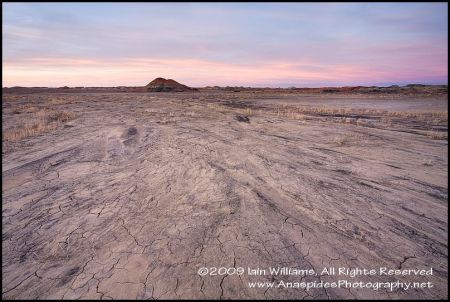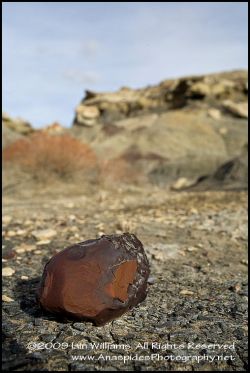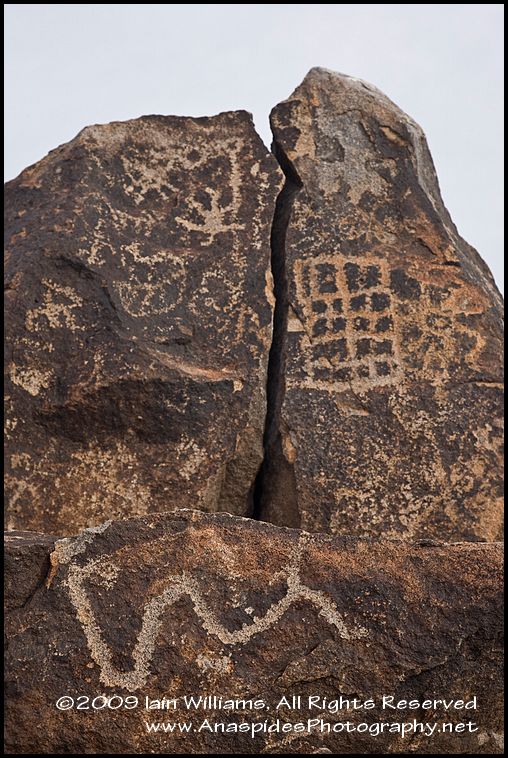Shiprock Sunrise, New Mexico
 Friday, February 27, 2009 at 4:00AM
Friday, February 27, 2009 at 4:00AM  Located along Highway 491, north of Gallup and west of Farmingham is Shiprock. Initially we wanted to try and do an afternoon shot at Shiprock, however, the travel time was longer than expected, so the time was altered to a sunrise photo shoot.
Located along Highway 491, north of Gallup and west of Farmingham is Shiprock. Initially we wanted to try and do an afternoon shot at Shiprock, however, the travel time was longer than expected, so the time was altered to a sunrise photo shoot.
Awakening at Farmingham at 0400 we made the hour drive north to Shiprock, arriving just before sunrise. The weather was chilly with the thermometer hovering a tad over zero Celsius. Access to Shiprock is a bit messy with several sandy trails leading around the rock's base. The early morning golden light was a little subdued to patchy cloud cover, however, patience being a virtue we waited until the light shone through some layering in the cloud.
A small herd of cattle (or were they bison) meandered past Shiprock provided ideal perspective in highlighting just how large this monolith is - it is MASSIVE, HUGE - a MEGAROCK.....
The monolith, which rises from the flat desert and can be seen for miles, is the remains of a volcanoc plug from an ancient volcano. Flanking the volcanic plug is a long spine comprised volcanic rock which depicts several volcanic erosion styles. The area is Indian land, and unfortunately, litter is evident in a number of areas where careless land owners have dumped their unwanted trash. Although the litter is unsightly, it only occupies a relatively small area where wind has funneled the trash.
 Dawn,
Dawn,  Desert,
Desert,  New Mexico,
New Mexico,  Shiprock,
Shiprock,  Sunrise in
Sunrise in  United States of America
United States of America 







